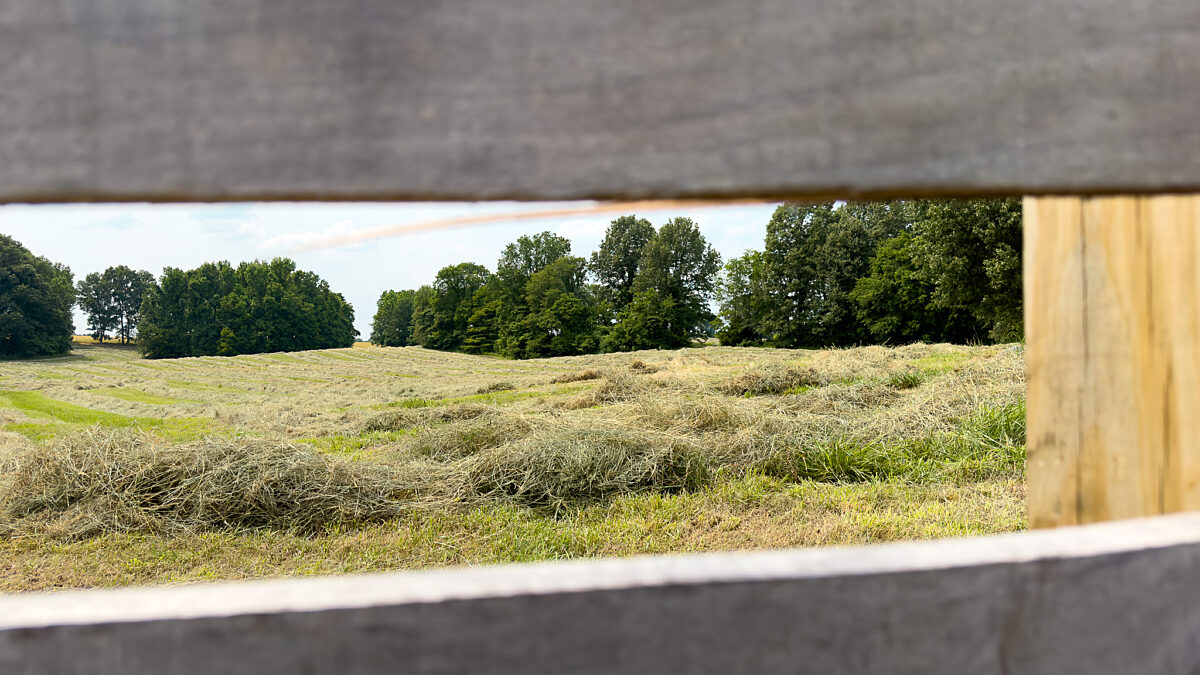Rural Advocacy Calls for Creativity
Guest Author
Special Contributor to FB.org

photo credit: AFBF Photo, Morgan Walker
Guest Author
Special Contributor to FB.org
By Michael Sistak @mikesistak
In 1900, roughly 60% of Americans lived in a rural setting. The results of the most recent U.S. Census, conducted in 2010, show that number has sunk to less than 20%. A recent study from the Carsey School of Public Policy at the University of New Hampshire found that of 746 counties across the nation experiencing depopulation, 91% of them are rural.
When the results of the next decennial census (just around the corner) are in, we’ll likely see that the trend of rural population decline continues.
These changing rural demographics underscore how important it is for rural residents – farmers, ranchers and others – to engage with their legislators and build relationships. In the legislature itself, fewer and fewer lawmakers represent the interests of rural communities. That is why they sometimes band together in voting blocs to ensure that the concerns of their rural constituents are addressed.
For grassroots advocates in rural America, engaging with urban lawmakers who have little or no rural ties is challenging.
For grassroots advocates in rural America, engaging with urban lawmakers who have little or no rural ties is challenging. There is no perfect solution, but some organizations have made great progress.
One example is the University of Arizona’s “AdvoCats” program (the school mascot is the Wildcat). As the state’s land-grant institution, the traditional base of support in the state legislature came from rural lawmakers who were farmers and ranchers. In recent years, there have been just a handful of such legislators at the state capitol in Phoenix.
That is why the AdvoCats got creative a few years ago when engaging lawmakers who weren’t their typical base of support.
Most grassroots associations host one advocacy day a year at the legislature. The AdvoCats hosted one every week. Each Wednesday became known as “Wildcat Wednesday” at the state capitol, during which a handful of trained advocates accompanied government relations staff to targeted meetings with lawmakers.
The AdvoCats didn’t rely on the same people either, but instead built each week around a specific constituency who could deliver the same message, but from a different perspective. One week included AdvoCats who were parents of students. Another was students, then alumni and finally community partners.
The AdvoCats were successful in 2016, when university officials made plans to start the state’s first public school of veterinary medicine. The AdvoCats deep-mined their network to find outside voices to express support at the capitol, including a pediatrician who visited with legislators and discussed the intersection of animal-borne diseases and human medicine.
By the end of the session, more than 100 advocates had completed 500 volunteer hours in legislative meetings during nine consecutive weeks at the state capitol.
But the work didn’t begin during the legislative session. In the summer and fall of 2015, the AdvoCats hosted a series of backyard barbeques to meet with legislators in their hometowns. Through this series of events, they found supporters who would open their homes as hosts and help identify alumni, unaffiliated individuals and local elected leaders in the community. Legislators were invited as the guests of honor. The university president gave a short talk about what the institution was doing in the community (as a land grant, this primarily centered on the Cooperative Extension mission), then the lawmakers gave brief updates on their work. Guests were able to spend time mingling in a relaxed setting, far from the distractions of the capitol.
These events served multiple purposes. First, they allowed the university to build relationships with lawmakers outside of the capitol setting. Second, they gave lawmakers a chance to engage with constituents who had a stake in the future of the university, despite minimal ties between that district and campus. Finally, advocacy staff from the university were able to network with and identify new individuals to become future advocates.
This is just one example of how an organization with an advocacy program is thinking outside the box to meet the challenge of increasingly urbanized legislative bodies. There will never be a silver-bullet solution, but as urban populations swell, rural advocates at Farm Bureau and other organizations who dedicate their time and innovate as they build grassroots coalitions will be successful.
Michael Sistak is director, grassroots program development, at the American Farm Bureau Federation.
Top Issues
VIEW ALL